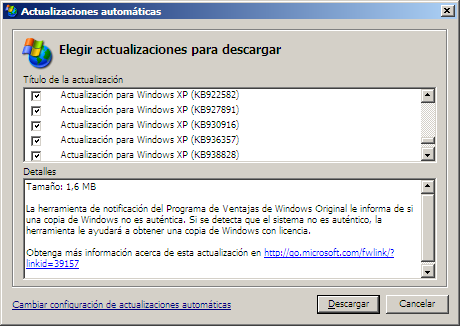
Warning: moderate spoilers ahead (unless you've watched more than four
mainstream American films in the past decade, that is!)
So there is this exuberant planet
Gymkhana, one with whimsical gravity forces, flawless foliage with
neon-like sap, and its own cute indigenous take on practically every
terrestrial animal species, only much larger and colourful and maybe
with an extra pair of legs or something. Planet Gymkhana is inhabited by
an ancient race: the descendants of a praiseworthy hybrid between Jar
Jar Binks, a bunch of elves hailing from Middle Earth and the puny
aliens from “Close Encounters of the Third Kind”, plus a dash of the
Smurfs. The people of Gymkhana spend their days hunting, jumping,
flying, diving and running around. That is how their planet got its
name. There come the baddies — easy to spot by their lack of feelings,
the corporate greed they defend, the caliber of their biceps, or a
combination of the above. Then there is a scientist, Ripley, who knows
stuff and talks in science-speak and is far more sensible, if also too
naïf for the toughness of the situation. Then there is the goodie, who
also has strong biceps, is a bit stupid and takes great pride on not
knowing a thing about planet Gymkhana, its native population or anything
at all for that matter; but he is good. He is an American hero. They
don't say that in the film, but you can tell from the beginning. The
baddies want the money, the goodies have got feelings, you know the
rest. Of course, the ignorant jarhead achieves tons more than the witty
scientist with all her funny speak and her books (boys and girls: you
get the moral of the story!). The goodies don't have a chance to win
(it's the future and they're shooting arrows, for Christ's sake), but
the planet is so cool that, man, the laws of physics rock around pages
68 and 114 of the screenplay, right there when they are most needed. And
when, in spite of all that, their cause seems lost, good old deus ex
machina does it.

The goodie just looks the girl in the eye and coughs and she feels all
the screws coming loose in her body. She falls in love, then she rejects
him very badly, then something happens and he's great and she wants him
again even more badly. There is the nice expendable soldier who is
sensible and helps the goodies and dies at the end. You've got
everything! There is even the younger, geeky scientist who is unable to
strike a match but feels somehow threatened by the beefy main character,
so he makes some lousy attempt at becoming the hero of the story (but he
can't because he ain't on the frickin' movie poster). The story is also
a metaphor of what's going on in planet Earth. There are clear hints on
the ideas of invasion, preemptive strikes and a military that refuses to
learn anything from the culture they're just about to anihilate; and
even more explicit references to “fighting terror with terror” and a
“shock and awe” operation (!). In spite of it all, I quite liked
“Avatar”. So I guess I should say something positive about it now.
“Avatar” in 3D is a feast for the senses — and a moving one, too.
Just too much of cheap shamanism for me, and too many plastic bricks
supporting a predictable script. I found it extremely beautiful and
evocative, and great fun to watch. James Cameron certainly hasn't
“reinvented cinema” (bah!) but this film might well be one of those
fantasy/action/CGI films that stay in our memory forever, like
“Terminator” and “The Matrix”.


